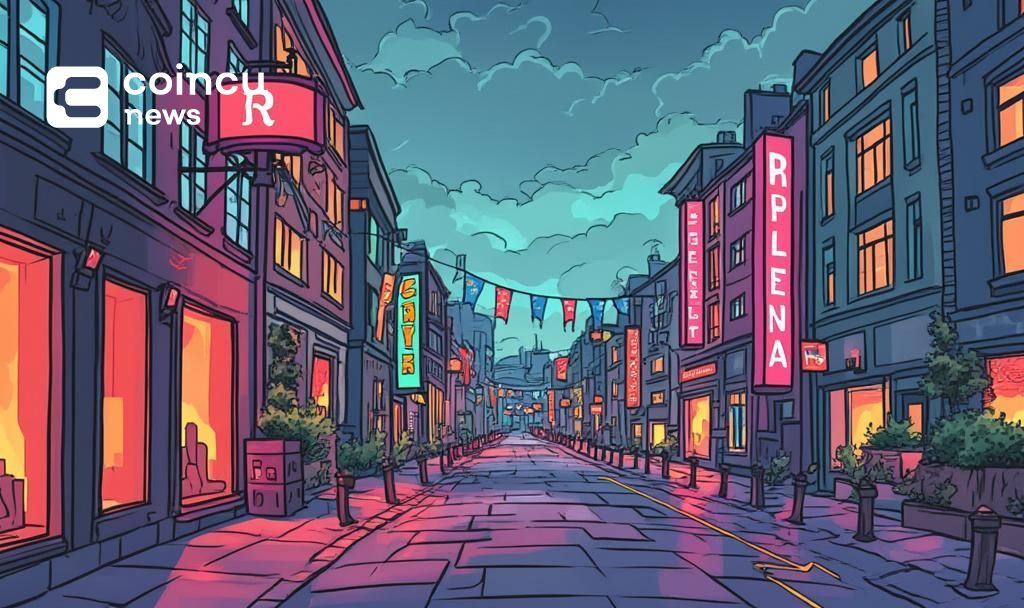$107686.086
At CoinCu News, we give both basic and in-depth articles on the latest news in the cryptocurrency and blockchain sectors.
John Kojo Kumi is a cryptocurrency researcher and writer specializing in emerging startups, tokenomics, and market dynamics within the blockchain ecosystem. With years of experience in crypto journalism and blockchain research, he provides in-depth coverage of decentralized finance (DeFi), NFTs, and Web3 innovations.
He holds a Bachelor of Arts in Geography and Rural Development from Kwame Nkrumah University of Science and Technology, Kumasi, bringing a multidisciplinary perspective to the evolving digital asset space. As a Crypto News Writer, he tracks and reports on industry trends, while his role as a Registrar at the Commission on Human Rights and Administrative Justice reflects his commitment to governance and transparency.
His expertise spans content strategy, SEO optimization, and technical research, enabling him to craft insightful, data-driven analyses. Passionate about blockchain’s transformative potential, he strives to equip readers with the knowledge to navigate the complexities of digital assets and decentralized technologies.
News
Trump Family’s Crypto Stablecoin USD1 Hits $1.25 Billion Volume
USD1 stablecoin, linked to Trump family, records $1.25 billion volume, ranking third in stablecoins.
Jun
Trump-Linked Stablecoin USD1 Surpasses $1.25 Billion Trading Volume
Trump-backed USD1 stablecoin reports a $1.25 billion 24-hour trading volume, ranking third globally, stirring market
Jun
Robinhood to Announce European Blockchain Trading Expansion
Robinhood set to reveal European crypto trading plans leveraging blockchain technology on June 30.
Jun
Yuxin Technology Targets Stablecoin Market with Strategic Moves
Yuxin Technology aligns with global strategies, engaging in stablecoin sector initiatives and RWA tokenization efforts
Jun
Stablecoin Adoption Surpasses Traditional Card Networks Globally
Alchemy reports stablecoin adoption now exceeds traditional card networks, impacting global payments and DeFi ecosystems.
Jun
Trump Approval Dropped Amid Political Unrest, Markets Unmoved
Trump's approval hits historic lows amid political tension; crypto markets show limited reaction.
Jun
Elon Musk Criticizes Senate’s Passage of Trump’s Bill
Elon Musk criticizes Senate bill championed by Trump, citing job loss and strategic damage concerns.
Jun
BIS Affirms Fed’s Independence Amid Trump’s Remarks on Interest Rates
BIS confirms U.S. Federal Reserve's independence despite Trump's interest rate criticisms, highlighting no major dollar
Jun
Hong Kong Issues Stablecoin Regulation Effective August 2025
Hong Kong introduces a Stablecoin Ordinance to enhance cross-border payments starting August 2025.
Jun
[tptn_list how_old="7" limit="5" title_length="0" heading="0" show_date="0" ]
[tptn_list how_old="30" limit="5" title_length="0" heading="0" show_date="0" ]




















